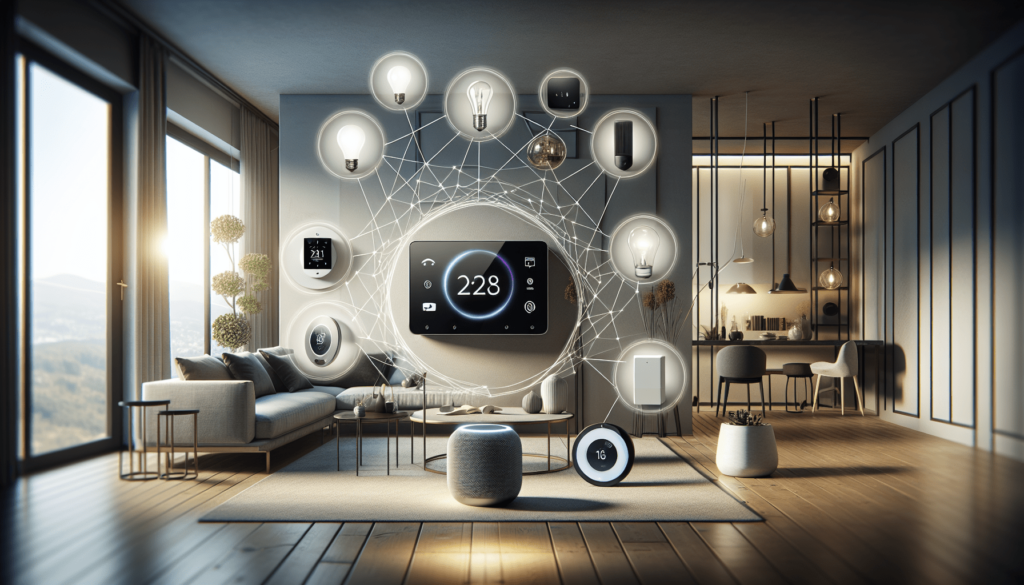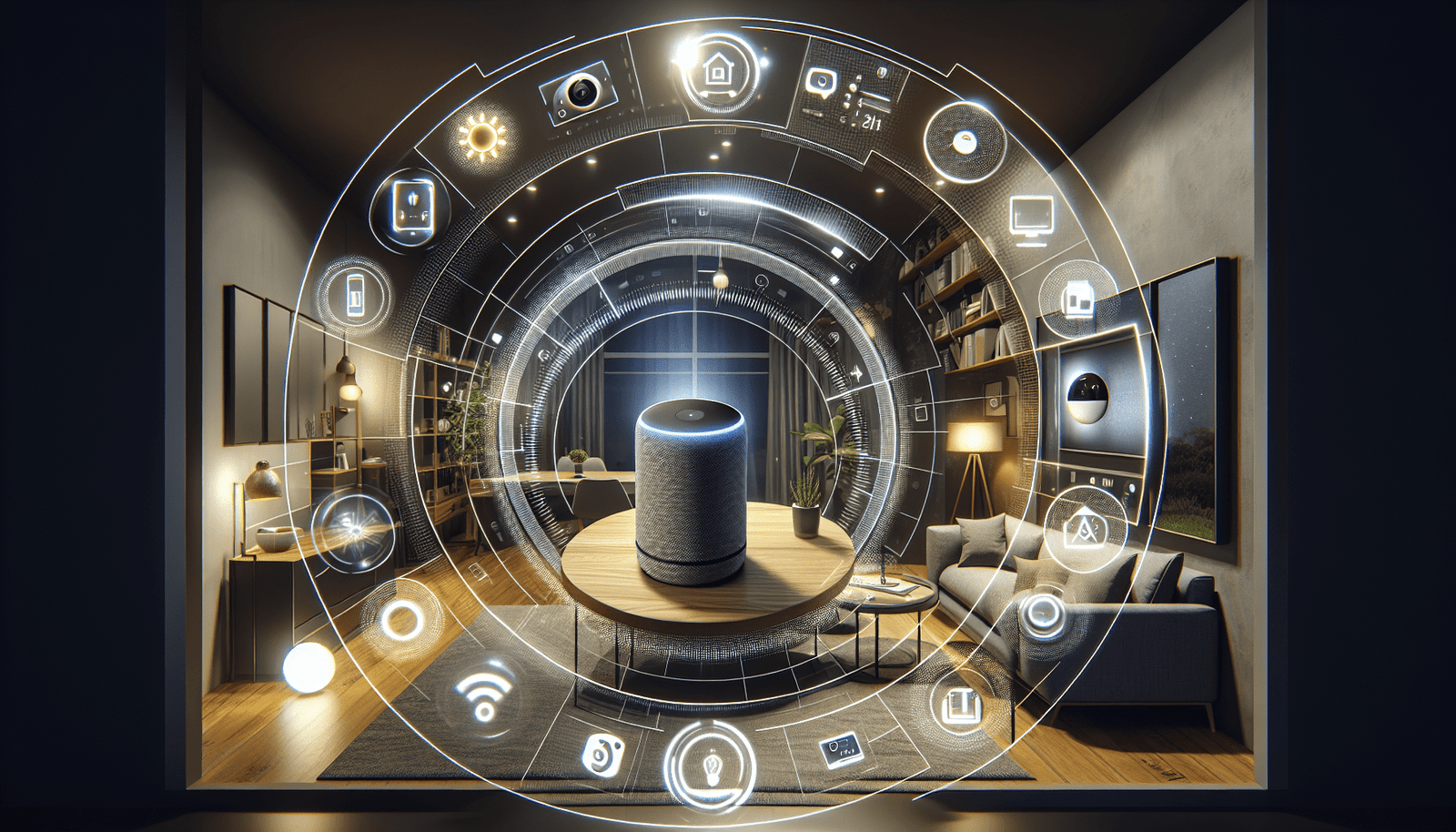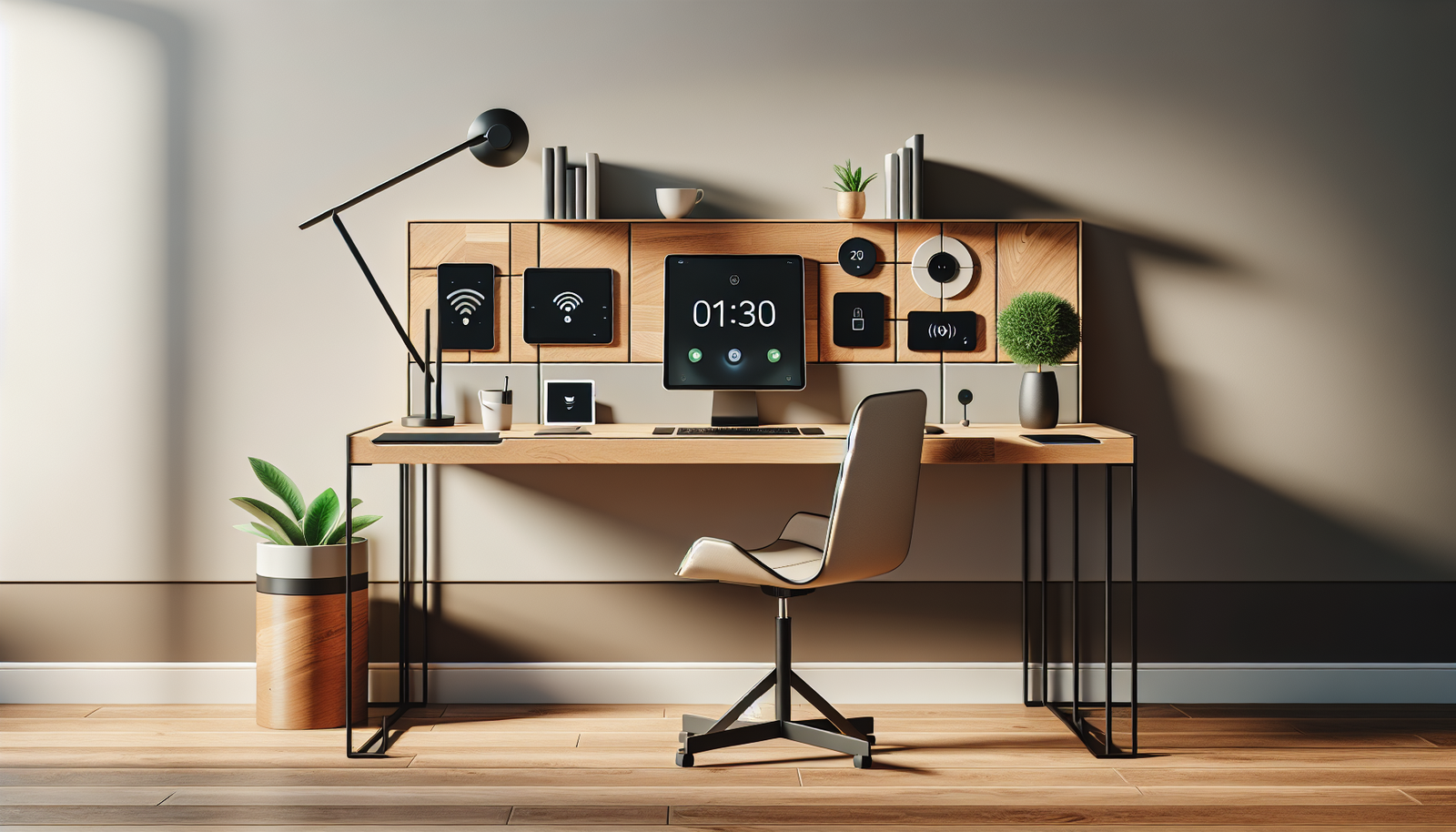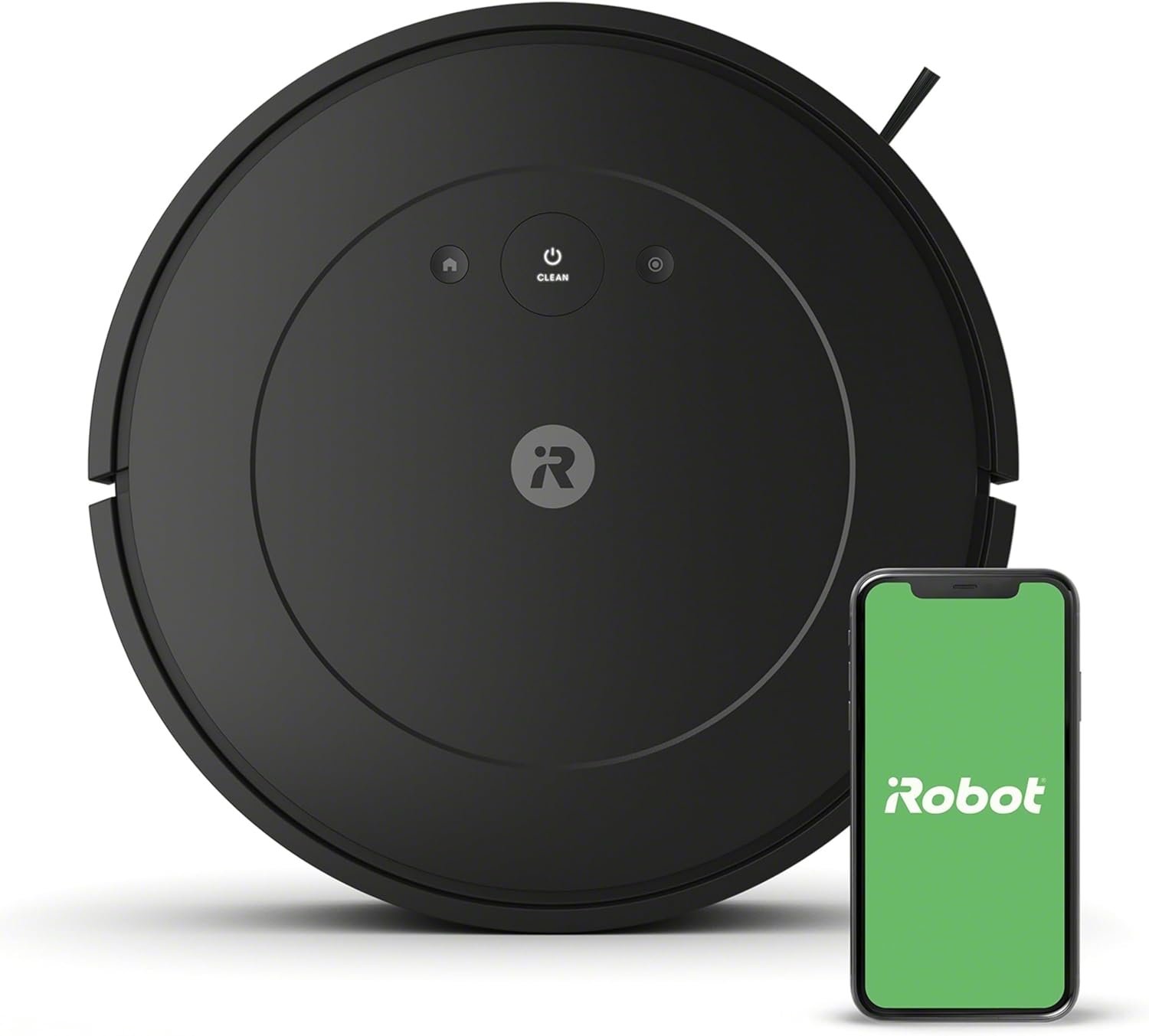Do you ever wonder if integrating smart home devices is truly worth the investment? In this age of technology, you may have seen the buzz surrounding smart homes and how they seemingly make life easier and more efficient. However, you might still have some reservations about whether the costs align with the benefits. Let’s break it down together.

What Are Smart Home Devices?
Smart home devices are electronic gadgets and appliances that connect to the internet and can be controlled remotely. They essentially enhance your home’s functionality by allowing for automation, remote management, and interoperability with other devices. With smart devices, you can adjust your thermostat, secure your home, and control lighting all from your smartphone or through voice commands.
You might be thinking about how these devices can actually fit into your life. The conveniences they offer, like the ability to control your home environment or manage your security system from a distance, could significantly simplify daily routines.
The Benefits of Smart Home Living
Convenience and Automation
Imagine arriving home after a long day and being greeted by a comfortable, well-lit space without lifting a finger. Smart home devices allow you to automate many of the tasks you currently handle manually. You can schedule lights to turn on at sunset or set your thermostat to adjust temperatures when you’re miles away.
This level of convenience means more time for you to enjoy life, rather than worrying about the little things at home. It raises the question: How much is your time worth to you?
Energy Efficiency
One of the most attractive features of smart home technology is its potential for energy savings. Smart thermostats, for instance, learn your habits and adjust heating or cooling accordingly, preventing waste. By using smart plugs and energy monitors, you can identify which devices are using excessive power and take action to reduce that consumption.
These savings can accumulate significantly over time, lowering your utility bills. You may even qualify for rebates or incentives from utility companies for installing energy-efficient devices.
Enhanced Security
In an increasingly uncertain world, many homeowners prioritize security. Smart home devices can enhance the safety of your abode through features like smart locks, security cameras, and motion detectors. You can receive alerts and notifications directly to your phone when someone is at your door or if a security breach is detected.
With options for remote viewing and control, these devices provide you with greater peace of mind, knowing your home is secure even when you’re away.
Understanding Costs and Value Considerations
Initial Investment
While the idea of smart home devices can be enticing, it’s essential to consider the initial costs. Depending on the type and number of devices you want, expenses can range widely. Smart thermostats, lighting systems, and security cameras all have different price points.
It’s crucial to create a budget and prioritize which devices will offer you the most value based on your lifestyle. You’ll want to ensure that the features provided by these devices genuinely enhance your living experience.
Long-Term Savings
While the upfront costs can be a concern, it’s essential to look at the long-term savings. For example, investing in smart thermostats can lead to significant savings on energy bills over time. Many homeowners report energy savings of up to 10-12% with the effective use of a smart thermostat.
Moreover, smart home devices can potentially add to your property value. Increasingly, home buyers are looking for properties equipped with smart technology, which means your investment could pay back in a future sale.
Return on Investment (ROI)
Determining your return on investment can be a complex equation. However, consider tangible benefits like reduced monthly bills and improved home security. The return you experience depends on your unique situation and how much you use these devices.
Table 1: Initial Investment vs. Long-Term Savings
| Device | Initial Cost | Monthly Savings | Estimated ROI Timeframe |
|---|---|---|---|
| Smart Thermostat | $100 – $250 | $15 – $25 | 6 – 18 months |
| Smart Lighting | $10 – $50 per bulb | $5 – $10 | 12 – 24 months |
| Smart Security Camera | $50 – $300 | N/A | Varies |
This table provides a visual understanding of how the costs of smart devices can stack up against potential long-term savings. It demonstrates that while the initial investment might seem steep, the ongoing savings can make them worthwhile.
Practical Setup Guides
Choosing the Right Devices
When considering smart home devices, it’s important to evaluate your needs and lifestyle. What do you want to achieve? Is it comfort, security, or energy efficiency? Identifying your primary goals will help you select the right devices.
Integration and Compatibility
One of the key aspects of building a smart home is ensuring that devices are compatible with each other. Most gadgets connect through Wi-Fi, while some might require a central hub, like SmartThings or Amazon Echo.
Before purchasing, check the compatibility with your existing devices or operating systems. This can simplify your setup process, ensuring a seamless integration that maximizes the potential of your smart home ecosystem.
Installation Steps
- Assess Your Needs: Determine the areas of your home that would benefit from smart technology.
- Research Compatible Devices: Look at reviews and compare features across different brands.
- Purchase and Unbox: Once you decide on a device, buy it, and unpack it carefully.
- Follow the Instructions: Carefully read the instruction manual to avoid common pitfalls.
- Download Necessary Apps: Many smart devices come with applications that help in setting up and controlling them.
- Connect to Wi-Fi: Make sure your device is connected to your home Wi-Fi network.
- Customize Settings: Based on your preferences, personalize the settings for optimal use.
Taking the time to follow these steps can help ensure a smoother transition into smart home living.

Security and Privacy Factors
Understanding Risks
As pleasing as smart home technology sounds, you should be aware of potential security risks. Smart devices can make your home vulnerable to hacking if not set up correctly. They often require a solid Wi-Fi connection, meaning that weak passwords or unsecured networks can become gateways for intruders.
Best Practices for Security
- Use Strong Passwords: Ensure your devices and Wi-Fi networks are protected with strong, unique passwords.
- Regular Updates: Keep your device firmware updated to patch any security vulnerabilities.
- Two-Factor Authentication: Enable two-factor authentication wherever possible for an extra layer of security.
- Secure Your Network: Make sure that your home Wi-Fi is password-protected and hidden from public view.
By following these practices, you can significantly reduce the risks associated with using smart home devices.
Energy Efficiency and Sustainability
Contribution to Reduced Energy Consumption
Smart home devices contribute to energy efficiency by allowing you to monitor and manage your home’s energy use more effectively. For instance, smart plugs can restrict power to devices that are not in use, while smart switches can enable you to control lighting based on occupancy.
Sustainable Choices
Investing in smart technology not only benefits your pocketbook but also the planet. Many smart devices promote sustainability by encouraging you to reduce energy usage or optimize renewable energy sources. Think solar panels integrated with smart home technology, allowing you to maximize the benefits of clean energy.
Compatibility and Connectivity
How Devices Interact
Understanding how your smart devices will interact with each other can simplify your user experience. Some devices will require central hubs, while others might connect directly to Wi-Fi. Before committing to a specific device, consider how it will fit within your existing ecosystem.
Voice Control Integration
A significant number of smart home devices are compatible with voice assistants like Amazon Alexa, Google Assistant, or Apple HomeKit. This means you can control multiple devices using voice commands, making operations simpler and more intuitive.
Future-Proofing and Innovation
Emerging Trends in Smart Home Technology
As technology evolves, new innovations continue to enhance and improve smart home devices. Features like advanced AI, machine learning, and greater interoperability are becoming essential in the development of new products. These advancements aim to make smart home living even more convenient and intuitive.
Keeping Up-to-Date
Staying informed about the latest trends in smart home technology can help you make educated decisions about future investments. Subscribing to technology blogs, following industry news, and exploring customer reviews can encourage continuous learning.
Are Smart Home Devices Worth the Investment?
Aligning with Your Needs
Ultimately, whether smart home devices are worth it depends heavily on your lifestyle and preferences. If convenience, energy efficiency, and enhanced security are priorities for you, the benefits may outweigh the costs. It’s all about what you value most in your living space.
Weighing All Factors
Consider the total costs, long-term savings, and convenience offered by these devices. Take time to assess your unique needs and how smart technology can enhance your everyday life.
Making Your Decision
As you explore the possibilities of smart home technology, remember that there are options available for both homeowners and renters. If you’re willing to invest the time and resources, smart devices can elevate your living experience, contributing to comfort, ease, and security.
In the end, the question remains: Are smart home devices worth it? Only you can determine the answer that best fits your life. By weighing the advantages against the costs, you can make a decision that aligns with your needs and lifestyle. Whether you choose to embrace the world of smart home living or are just curious about your options, understanding the landscape is a step in the right direction.




